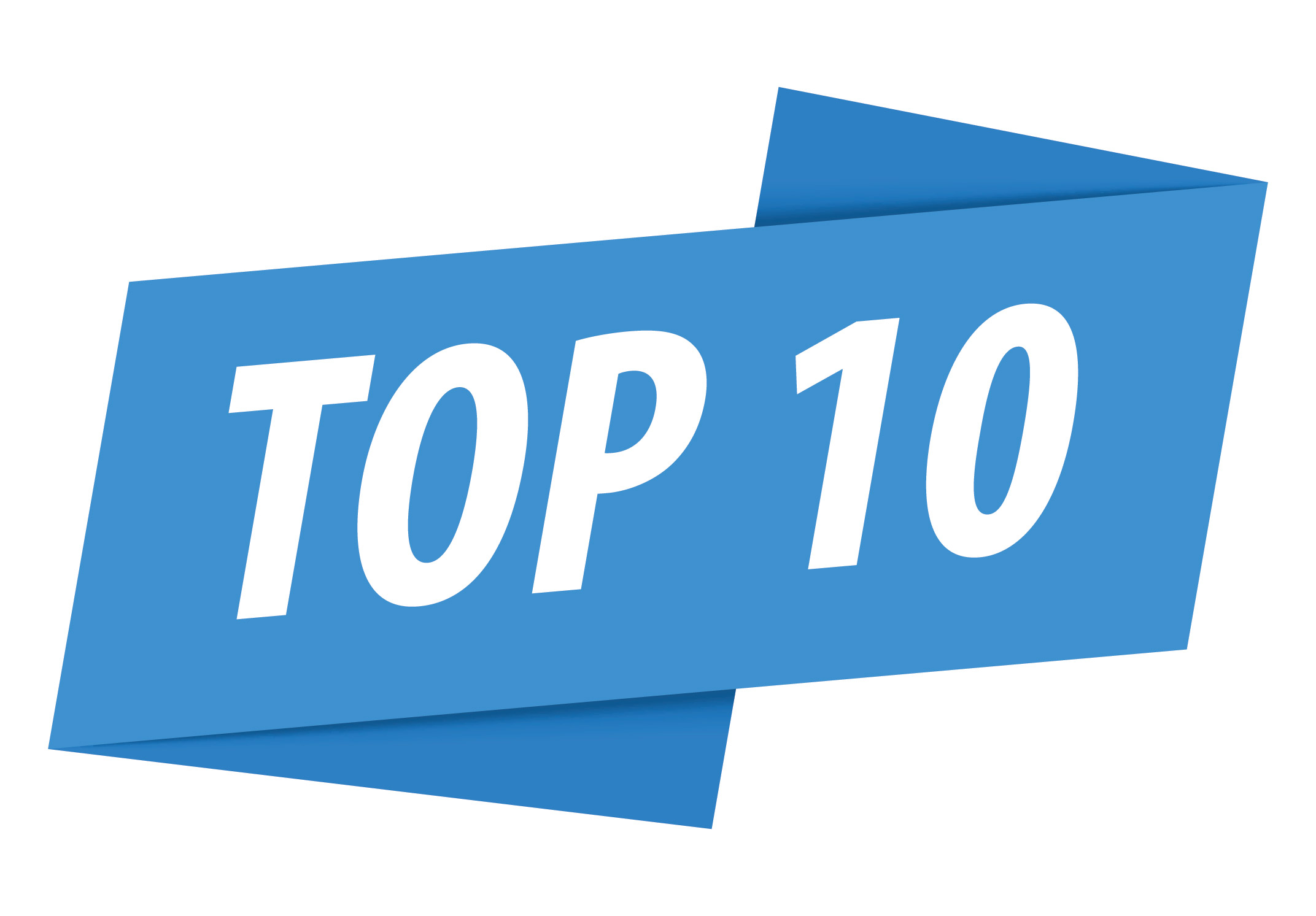
Two problems ailing the healthcare industry are likely to persist through 2023.
Hospitals continuing to face financial woes resulting from the COVID-19 pandemic and persistent staffing challenges were the top two trends noted in a recent HealthStream webinar, “Ten Trends for 2023: Picking Up the Pieces Post-Pandemic.”
Optimistic projections suggest that 53 percent of hospitals will have negative margins from 2022, according to presenter Robin Rose, a thought leadership consultant with HealthStream, a publicly held healthcare IT firm based in Nashville, Tennessee. More pessimistic projections say 68 percent of hospitals will report negative margins.
The primary driver of rising hospital costs is staffing shortages, which was Rose’s second trend: Staffing is the top healthcare challenge.
According to the webinar, nearly 334,000 providers left the workforce in 2021. The projected physician shortage is expected to near 140,000 by 2033 and the industry will require more than 200,000 new registered nurses each year for the foreseeable future.
Additionally, labor costs have risen approximately 8 percent per patient day between 2019 and 2021 and those figures are expected to have jumped another 5 percent in 2022. The staff and services frequently cut as a result include:
Two more notable trends include technology and disruptors. In many ways, the pandemic accelerated technological advancements that were already underway. It caused other advancements to be placed on the backburner. Rose predicted these will pick up where they dropped off in 2019. Some initiatives already underway include:
Disruptors, Rose said, are “at the gates.” These include the likes of Amazon, Walmart, CVS and Walgreens, which have made efforts to enter or expand their footprints in the healthcare space.
The other trends for 2023 were:


